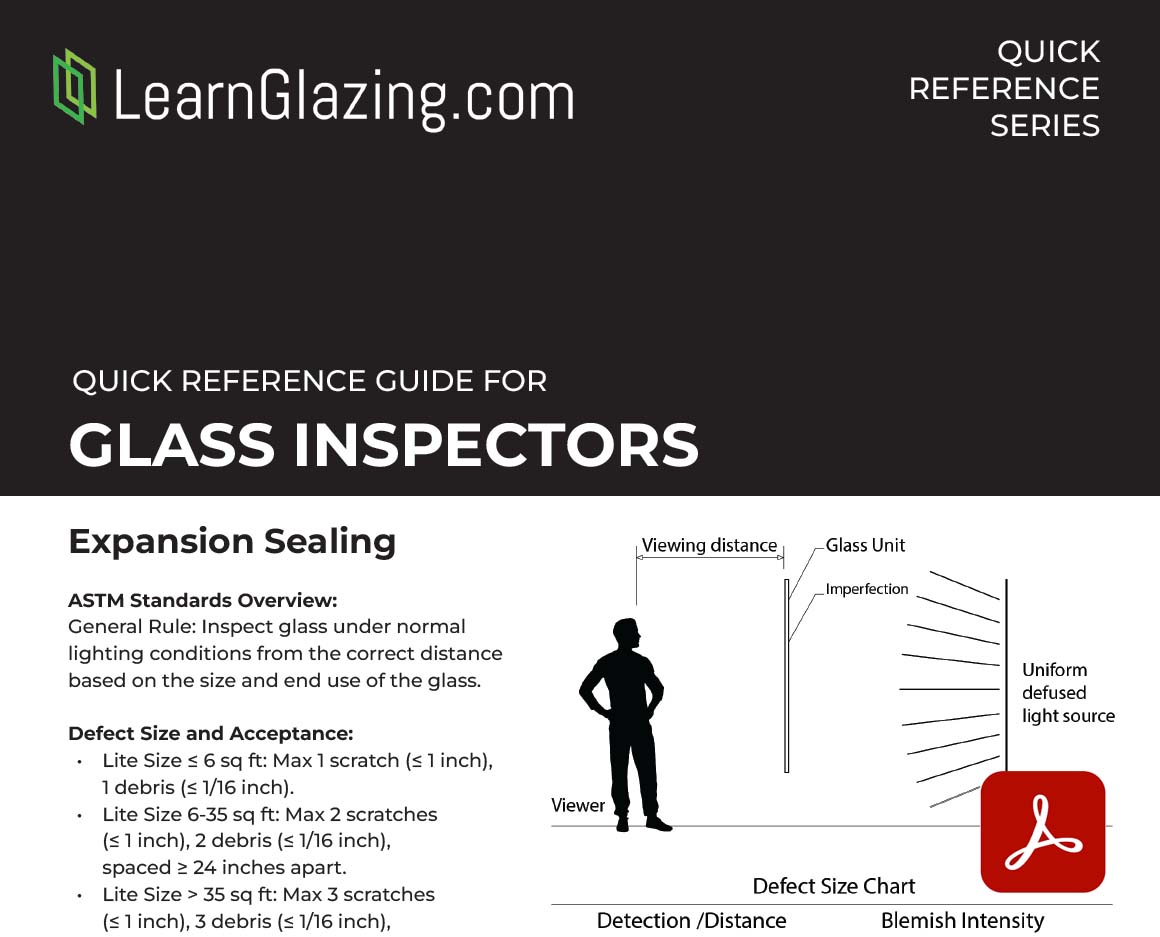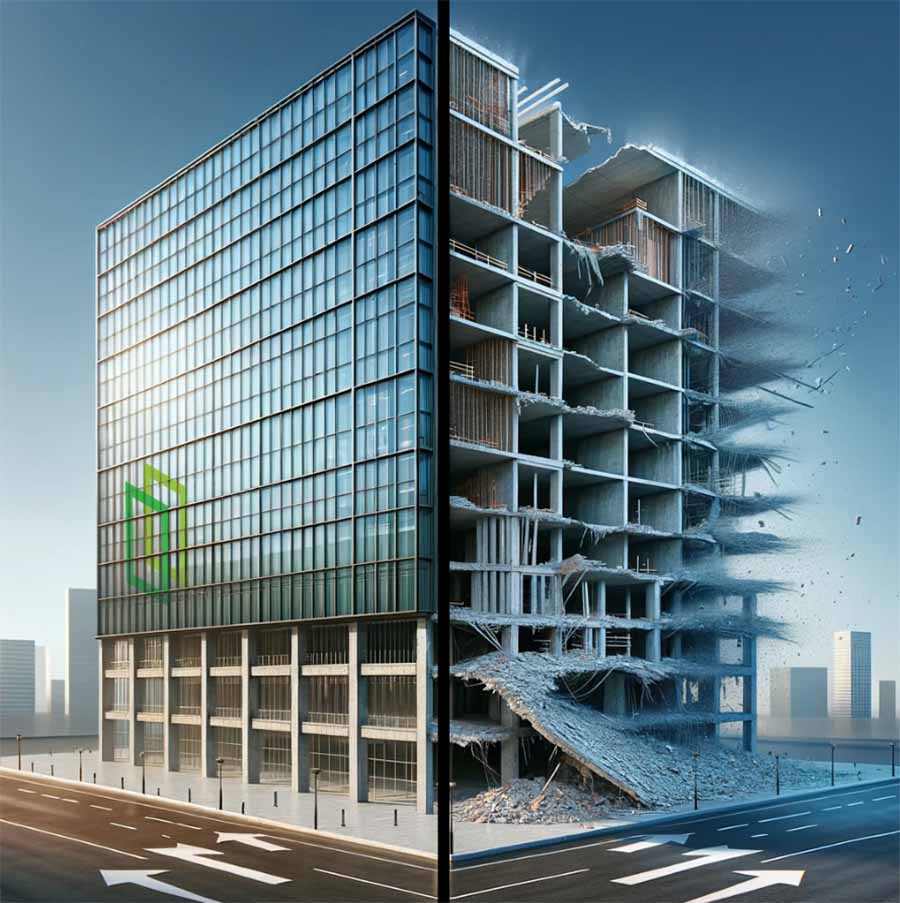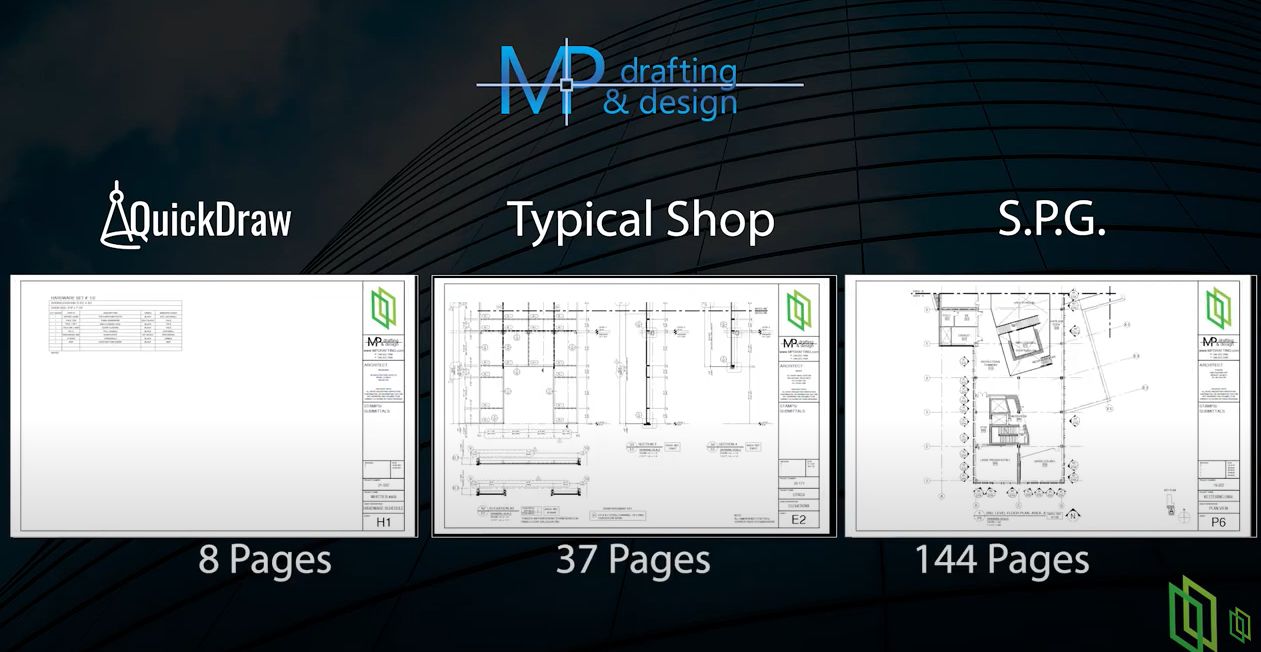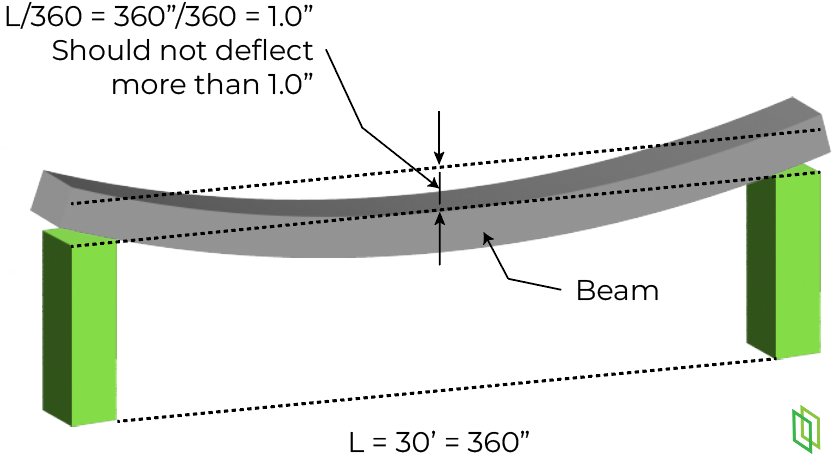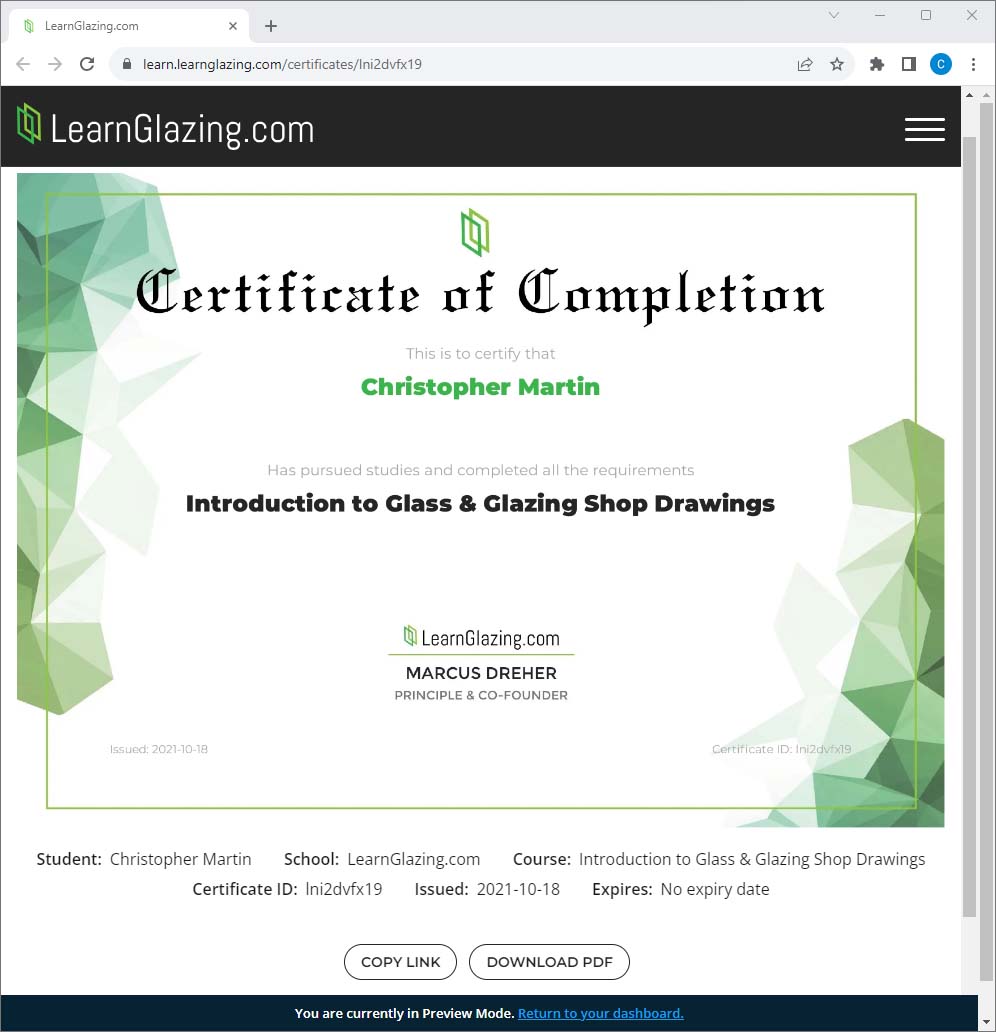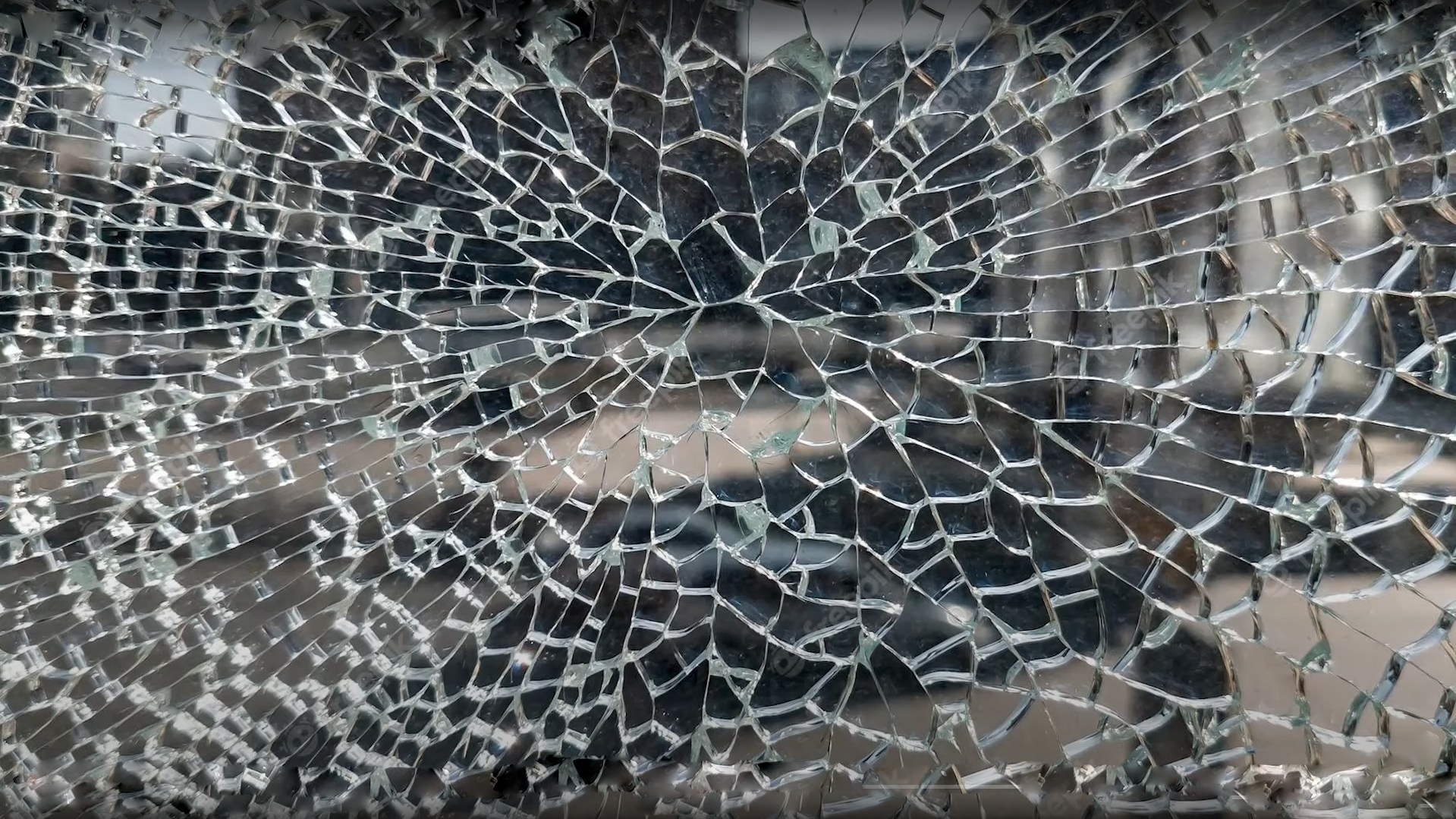
Preventing Spontaneous Glass Breakage with Heat Soaking
Did you know that heat soaking can help you prevent glass from spontaneously breaking? That's right, preventing spontaneous glass breakage with heat soaking is a crucial step in ensuring the integrity of your glass installations....
Read the Full Article


